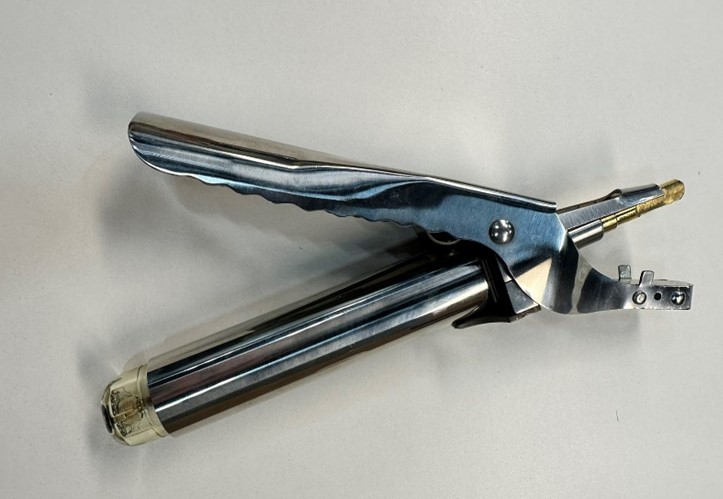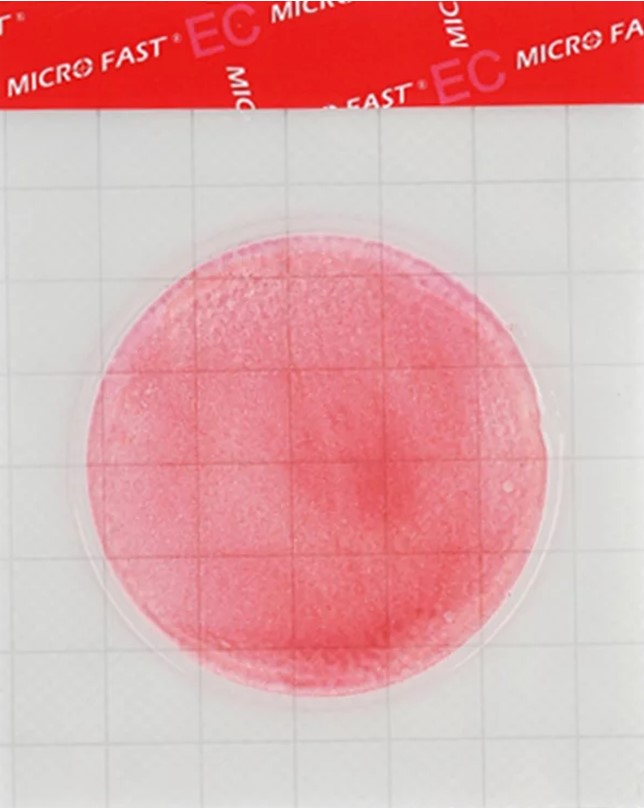“We will not die of hunger until autumn.” Farming Expert on What's Happening with Wheat, Meat and Eggs in Russia

What awaits the country's agriculture under sanctions
Aleksey Volozhanin has been a farmer for 25 years, raising poultry and rabbits. In recent years, he has been managing the Fermer.ru website and organizing large-scale agricultural expeditions around RUSSIA, studying the experience of livestock breeders, vegetable growers, cheese makers and beekeepers. Especially for MSK1.RU, Alexey spoke about what awaits the country in the new geopolitical circumstances - in the 2022 season.
“There will be a lot of MILK, but its cost will increase”
- Both wheat seeds, and incubation eggs, and genetic material - all this is imported and was previously imported to Russia from other countries. Even the seed for fertilizing cows to get beef bulls, as a rule, was purchased abroad. Of course, we also have our bulls. In general, if we talk about animal husbandry, we have provided ourselves with good genetics for beef cattle (cattle). There won't be any problems here. There are many animals. Beef cattle are everywhere. Farms are located from Kaliningrad to the Far East. Somewhere there are excellent state programs for increasing livestock. Now I'm not talking about those who keep three cows in the village, but about large farms.
Alexey Volozhanin visiting farmers near Ryazan, where they filmed famous videos about the "Russian cyberpunk village" (Russian cyberpunk farm)
Seed for dairy cattle was also purchased abroad, but Russia has increased its herd. That is, we can give milk as much as you want, and also sell it to Belarus. Another thing is how much it will cost.
“We can’t catch up with the Dutch in the chicken race”
- With genetics for birds, everything is much worse. There are plenty of birds in the country, and until recently we were completely provided with the final product. How it will be now, I do not know. Because all the genetics was imported from abroad: by planes from Holland at the age of one day, we received young animals or brought in incubation eggs. We have parental flocks of hens, but no grandparents — both broilers and laying hens. In the Netherlands, they have been doing this for the last 70 years, all the technologies are there. In this regard, we will never catch up with her. The Dutch supply genetics to many countries, feed the whole of Europe. And they will never sell the ancestral herds, this is the property of the country, on which they have been working for decades.
Somehow, of course, we can replace these herds, but when will it be? We have parental flocks of laying hens: we get an egg from which a bird is hatched, which goes to poultry farms all over the country and lays eggs there. How long will this bird live? Her age is short - about 18 months.
Russia has domestic breeds of chickens, many scientists, including those from the Institute of Farm Animal Genetics in St. Petersburg. During one of our agricultural expeditions, we studied the population of chickens in the mountains of Dagestan. It was interesting where it came from, to take the genetic material. But this story is not about providing food, but rather about individual households. Now Russian scientists have a collection of chickens - in fact, a genetic bank on the basis of which something can be done. You only need 70 years, like the Dutch, and funding.
What awaits us - I do not know. Of course, it will not come to such a point that there will be no eggs left in the stores. But we will definitely lose in numbers. If now a Russian laying hen with Dutch genetics lays an average of 330 eggs per year, then we will conditionally go down to 300 eggs per year. In the volume of poultry farms, this is a decent figure. As a result, the price of the egg will rise, because the cost of feed will not go anywhere.
“Scientists produce varieties of wheat on the knee”
- We will definitely not be left without bread, at least this year. There will be no problems with the harvest. Why? Experienced farmers and producers bought seeds from abroad last fall. We went to the sowing season, and so far they are doing well. The next problem is the money for the final products, which they will receive in the fall. How is it in grain farming? The harvest was harvested, sold, and all the proceeds were immediately invested in the following year: in seeds, fertilizers, and equipment. Problems arose for those who do not have storage facilities. They paid for their orders in the fall, waiting for spring deliveries. They had logistical problems.
Mostly in Russia, hybrids are sown that are produced abroad, although we also have domestic seed growers: in Krasnodar, Stavropol, Voronezh and other places. Now it is important to increase volumes. In Russia, wheat, barley, corn and sunflower are quite good, but will our seed farms have enough capacity? This is a different issue.
We can replace foreign wheat with our varieties. This problem can be solved faster than with chickens. Of course, it will take several years for the grains to pass the tests, show their resistance to diseases, and so on. There are many varieties in Russia. Our scientists one way or another on the knee produce these varieties and get new ones. Why on the knee? The equipment of domestic laboratories, to put it mildly, leaves much to be desired - in comparison with foreign colleagues.
“All greenhouses are foreign”
Greenhouse complexes in our country (in Siberia, the Moscow region, the Urals, and so on) are also foreign - from Holland, Israel. This is a very large and money-intensive business that does not work without state support. If producers of MEAT or grain survive one way or another without the help of the state, then it will be very difficult for huge greenhouse complexes.
We will not die of hunger - at least not now. What do we have of our own? A little sunflower, own corn, partly potatoes. We have our own cultures, but we cannot unequivocally compete with foreigners in terms of volume and quantity.
Read together with it:
- The Russian Ministry of Agriculture proposes extending veterinary regulations until 2032.The extension includes regulations for the prevention and eradication of diseases such as bradsot (Clostridium septicum), trichinosis (Trichinella), blackleg (Clostridium chauvoei), and porcine reproductive and respiratory syndrome (PRRS). The proposed changes stipulate the following new deadlines: for bradsot and trichinosis - from March 1, 2......
- The IEA sees a risk of a decline in oil production in Russia due to sanctions.The IEA sees a risk of reduced oil production in RUSSIA due to US sanctions , but maintains its production forecast. According to the IEA, Russian oil exports will remain unchanged.There is a "significant downside risk" to Russia's oil production forecast due to US sanctions, the International Energy Agency (IEA) said in a report.BLOOMBERG . The agency's experts believe that the latest US sanction...
- He crawled to the icon with prayer. The true story of a man who overcame drug addiction.Alexander Ovchinnikov. Topic News. Our project's hero was a drug addict for many years. The thought that this was a dead end never left him, but his addiction proved stronger. One day, when he could no longer walk, he crawled to an icon in prayer. This became his first step toward a new life. Today, he heads a charity center that helps those who have given up hope and are unable to quit ALCOHOL an...
- Russian agriculture: self-sufficiency continues to growThe industry has a track record of implementing new technologies and increasing productivity. RUSSIA is already confidently self-sufficient in grain, MEAT, fish, vegetable oil, and SUGAR. Grain and vegetable production is also forecast to be higher this year, despite unfavorable weather conditions in some regions. The Ministry expects historic highs for some crops and continues to support agricult...
- Низкое предложение и устойчивый спрос: в Аргентине растут цены на мясоЦены на говядину снова выросли, что отразилось на полках супермаркетов и в мясных магазинах. За последние две недели розничные цены выросли на 8–12%, а на некоторые популярные отрубы рост превысил 15% по сравнению с октябрем. Тем не менее, продажи остаются высокими: потребители продолжают покупать, принимая новые цены и закрепляя тенденцию, которая повторяется каждый год в конце года, когда спрос ...




























































